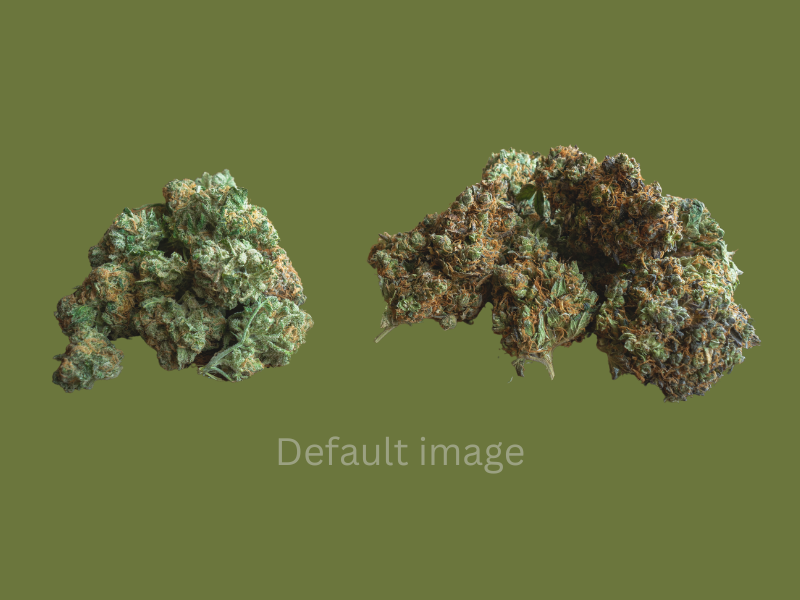Deep roots in the Sativa landrace gene pool can be found in Durban Poison. Ed Rosenthal, one of the first American international strain hunters, first became aware of the strain’s historical phenotypes in the late 1970s. A fast flowering strain was discovered by Rosenthal in the port city of Durban while he was in South Africa looking for new genetics, according to cultivation lore. When Rosenthal got home to the United States, he used his own method of selective breeding on his recently imported seeds before starting to share. Rosenthal gave some of his brand-new South African seeds to Mel Frank, and the rest, as they say, is cannabis history.
The Sativa landrace gene pool is deeply rooted in Durban Poison. One of America’s first international strain hunters, Ed Rosenthal, became aware of the strain’s historical phenotypes in the late 1970s. Rosenthal, who is credited with discovering the fast flowering strain, is said to have been in South Africa looking for new genetics when he came across it in the port city of Durban. After reaching his American home, Rosenthal used his newly imported seeds to carry out his own form of selective breeding before starting to distribute. Mel Frank received some of Rosenthal’s brand-new South African seeds, and the rest is cannabis history.
The dense, compact buds of Durban Poison are typical of landrace Indica varieties, but the elongated, conical shape of the flowers is more typical of a Sativa.
Durban Poison needs lots of space when grown indoors or in a greenhouse so that it can grow side branches. Outside cultivation of Durban Poison gives this plant the chance to realize its full potential. Durban Poison needs thorough trellising whether it is grown indoors or outdoors to support its abundant flower production.
The Dutch Passion Seed Company sells both regular and feminized Durban Poison seeds. In the Medical Sativa division of the Denver High Times Cannabis Cup in 2013 and 2014, Durban Poison took second place.

